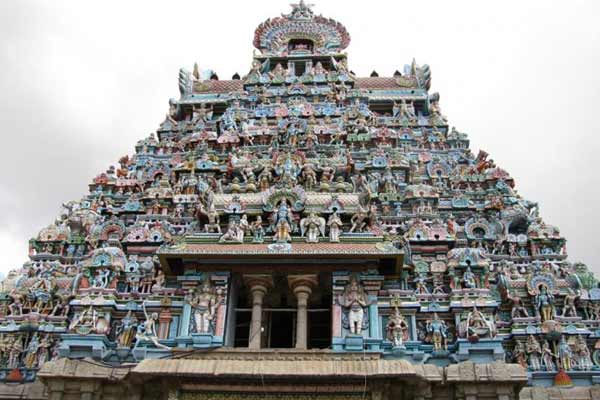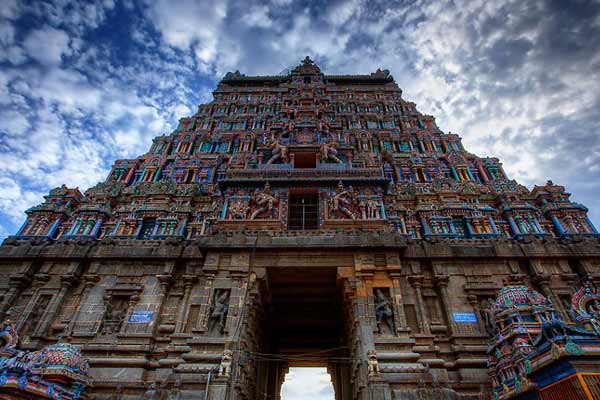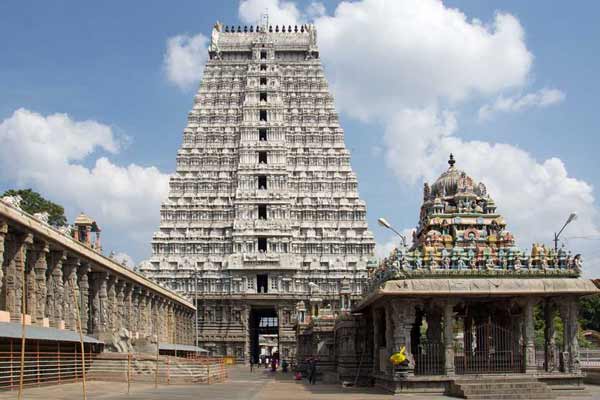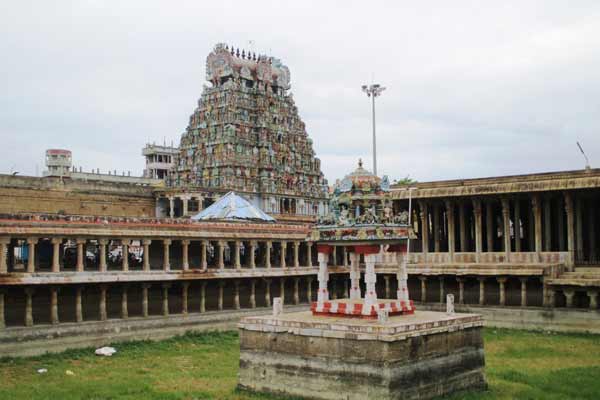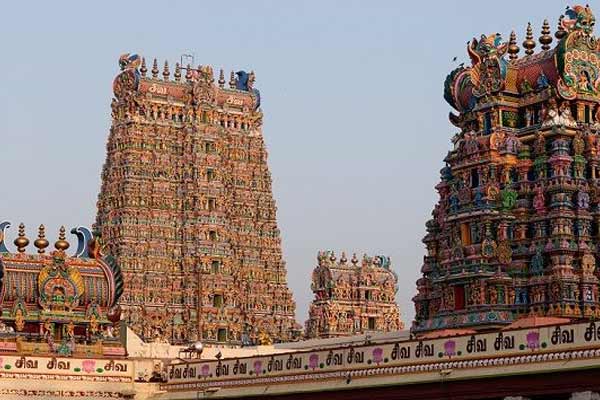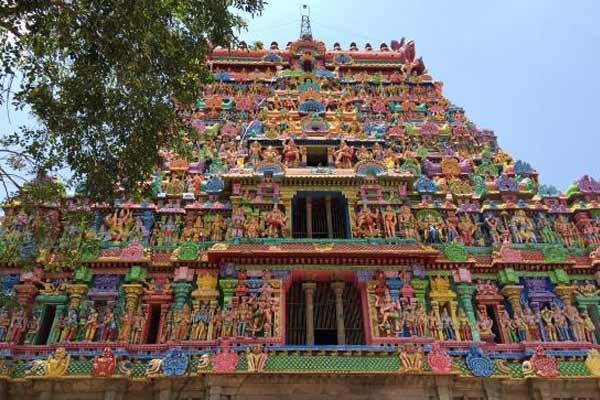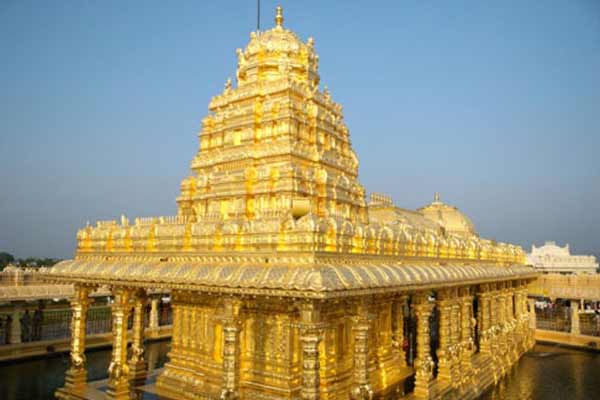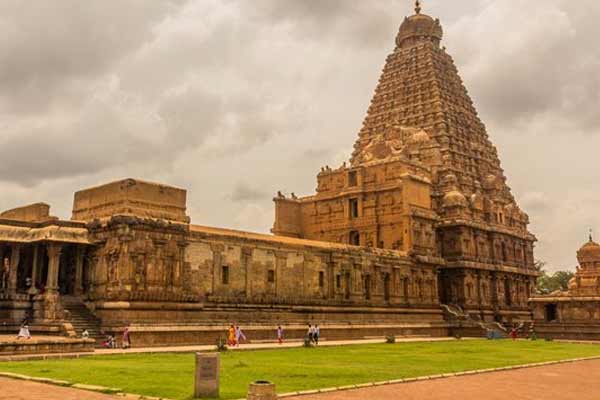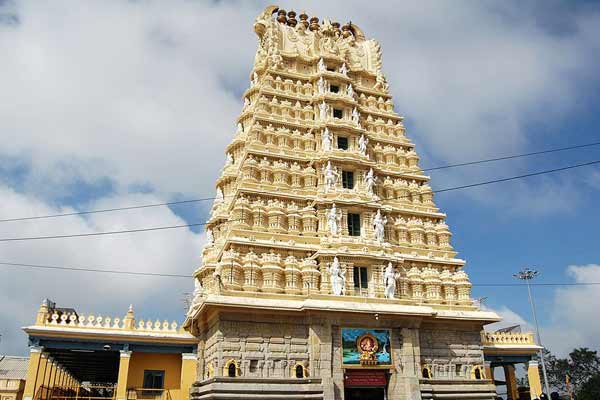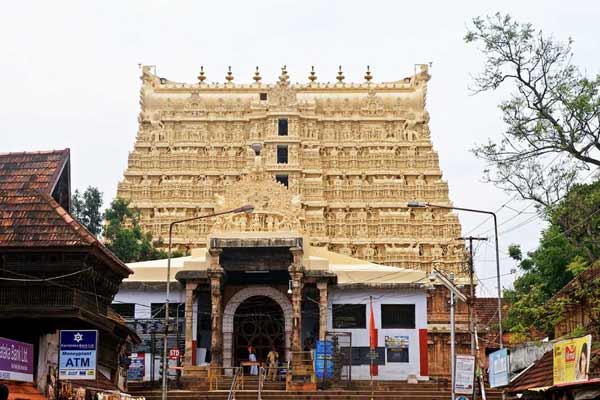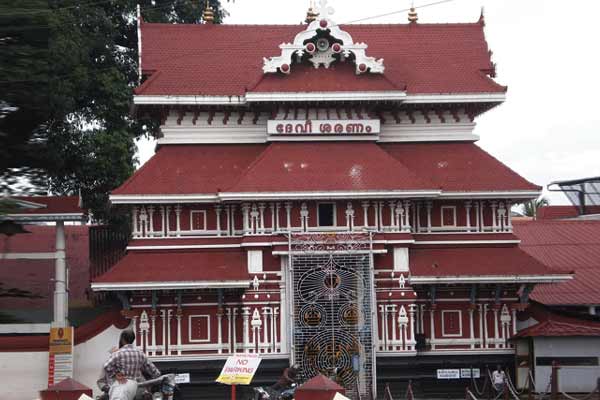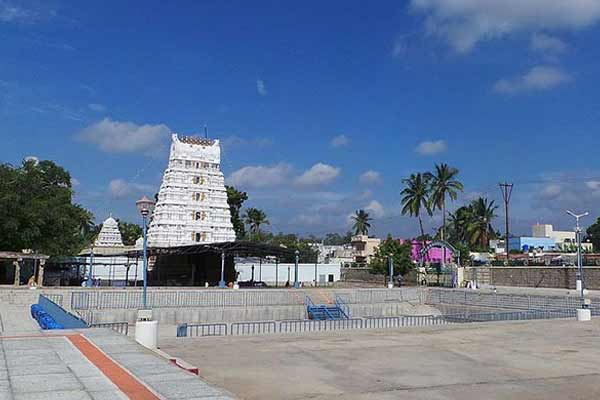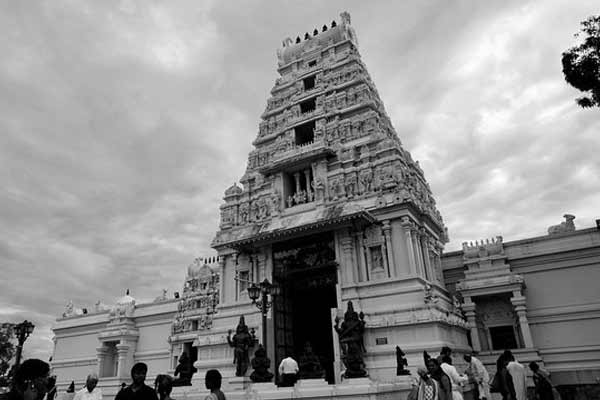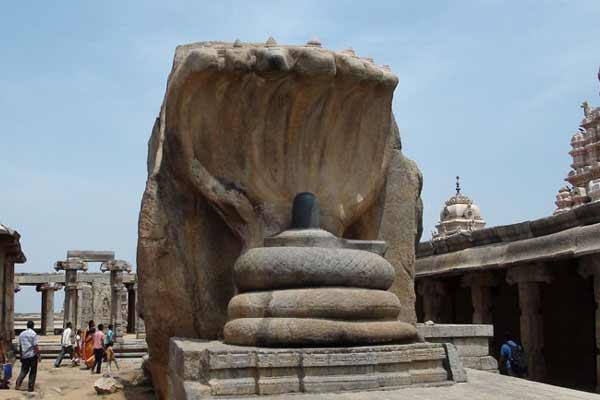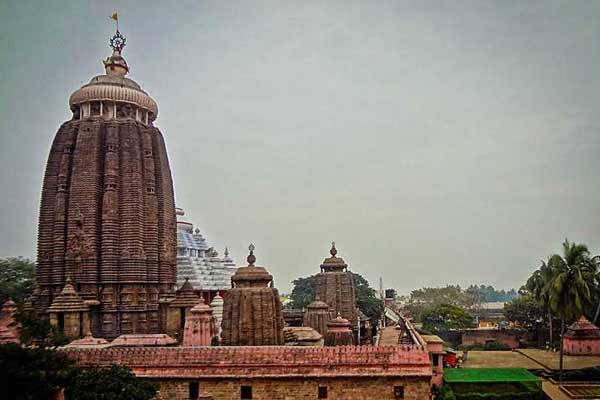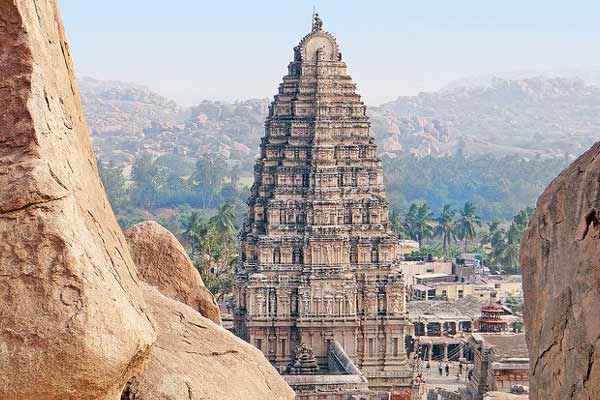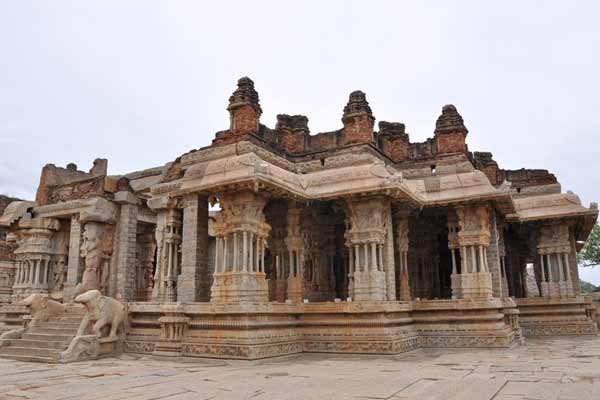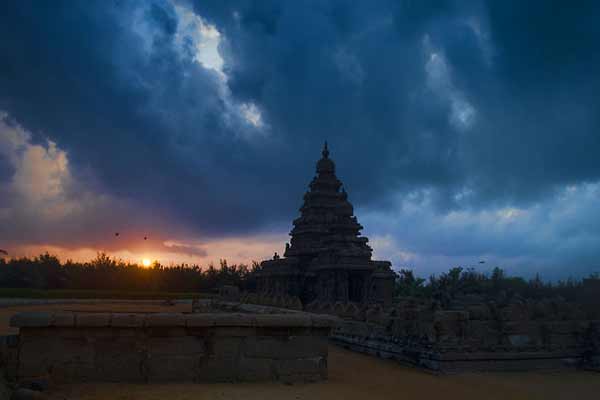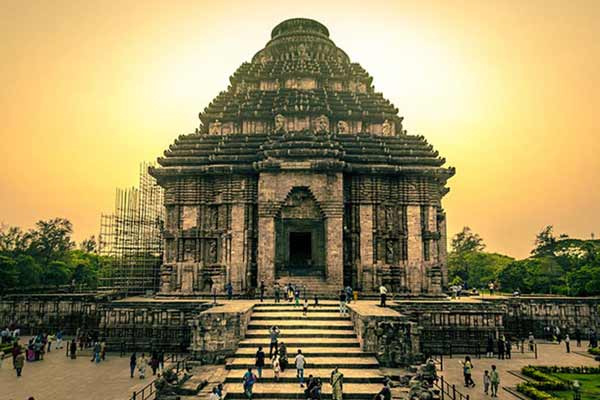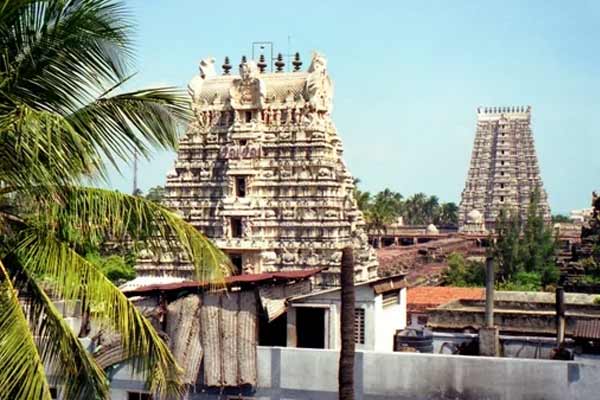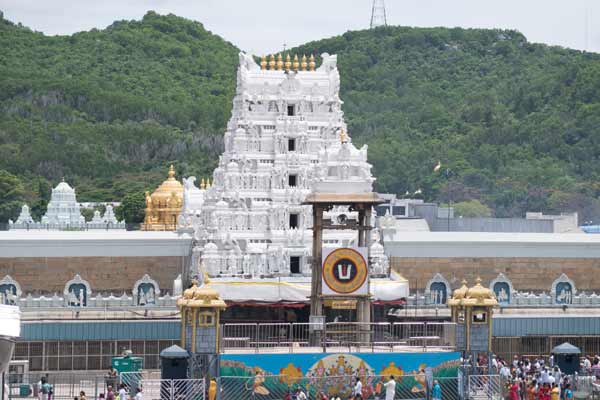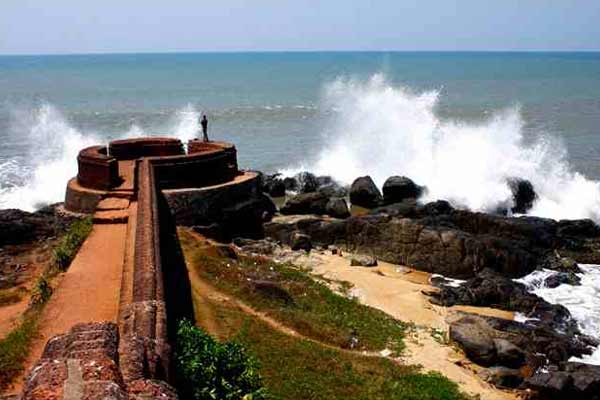

The thirteenth-century Sun Temple (also known as the Black Pagoda), built-in Orissa red sandstone (Khandolite) and black granite by King Narasimhadeva I (AD 1236-1264) of the Ganga dynasty. A World Heritage Site, the temple provides an exceptional look at India's religious heritage.
The Konark Sun Temple had been built as one of the finest examples of Brahmin architecture and beliefs. Built to honor the Sun God, Arka, the temple complex displays the enormous wealth, talent, and spirituality of the Brahmin in Orissa. Hinduism, the world's oldest continuously practiced religion, presents a mixture of the spiritually sublime and the earthly erotic in the Konark Temple.
History
The Sun Temple was constructed towards the end of Odisha's temple-building phase in the 13th century by King Narasimha Deva I of the Eastern Ganga Dynasty (whose great grandfather renovated the Jagannath Temple in Puri). Dedicated to Surya the Sun God, it was made as his colossal cosmic chariot with 12 pairs of wheels pulled by seven horses (sadly, only one of the horses remains).
The temple is believed to celebrate the glory of the Ganga Dynasty and the king's triumph over Muslim rulers of Bengal. Its many sculptures depicting war scenes and the king's activities support this.
However, it remained a mystery as to how the temple was built until the 1960s when an old palm-leaf manuscript was discovered. Its full set of 73 leaves comprehensively chronicled the temple's planning and 12 years of construction (from 1246 to 1258). The information is documented in a book, published in 1972, called New Light on Sun Temple of Konarka by Alice Boner, S. R. Sarma, and R. P. Das.
What to See
The Sun Temple complex consists of two main parts -- a dance pavilion (Natya mandapa), and assembly hall (jagamohana) with pidha deula roof on the same platform as the remains of the shrine's rekha deula tower. There's also a separate dining hall (bhoga mandapa) to the left side of the complex and two smaller temples to the rear.
The main entrance leads to the dance pavilion, guarded by two imposing stone lions crushing war elephants. The roof of the pavilion no longer remains. However, it's 16 intricately carved pillars showing dance poses are a highlight.
The audience hall is the most well-preserved structure, and it dominates the temple complex. Its entrance has been sealed and the interior filled with sand to prevent it from collapsing.
The audience hall and shrine form the chariot, with the wheels and horses carved on either side of its platform. The wheels are all the same size but each has different motifs on it. The rims are adorned with nature scenes, while the medallions in the spokeshave women in most erotic poses. Notably, the wheels function as sundials that can accurately calculate the time.
A collection of sculptures from the temple is displayed at the Konark Sun Temple Museum, operated by the Archaeological Survey of India. It's situated to the north of the temple complex and is closed on Fridays. The entry fee is 10 rupees.
The sprawling, world-class Konark Interpretation Center has five galleries with interactive exhibits and multimedia displays. The galleries are devoted to the history, culture, and architecture of Odisha, as well as sun temples across the world. An interesting film about the Konark Sun Temple is also screened in the auditorium.
Every evening at the front of the temple complex, except when it's raining, a sound and light show narrates the historical and religious significance of the Sun Temple. The first show starts at 6.30 p.m. from November to February, and 7.30 p.m. from March to October. The show is screened again at 7.30 p.m. from November to February, and 8.20 p.m. from March to October. It runs for 40 minutes and costs 50 rupees per person.
You'll be provided with wireless headphones and can choose whether you want to hear the narration in English, Hindi, or Odia. The voice of Bollywood actor Kabir Bedi is used in the English version, while actor Shekhar Suman talks in Hindi. The Odia version features Odia actor Bijay Mohanty. High-definition projectors, with state-of-the-art 3D projection mapping technology, are used to project images onto the monument.
If you're interested in classical Odissi dance, don't miss the Konark Festival, which is held at the temple during the first week of December each year. The International Sand Art Festival takes place at Chandrabhaga beach, near the temple, at the same time as this festival. There are another classical music and dance festival in Konark in late February.
Unfortunately, the Sun Temple's grandeur didn't last. It fell into ruin and the massive rekha deula tower that covered the shrine's inner sanctum eventually collapsed. Although the exact time and cause of the destruction remain unknown, there are plenty of theories about it such as invasion and natural disaster.
The temple was last documented as being intact in the 16th century by Abul Fazal in his account of Emperor Akbar's administration, Ain-i-Akbari. 200 years later, during the reign of the Marathas in Odisha in the 18th century, a Maratha holy man found the temple abandoned and covered in overgrowth. The Marathas relocated the temple's Aruna stambha (pillar with Aruna the charioteer seated atop it) to the Lion's Gate entrance of the Jagannath Temple in Puri.
British archeologists became interested in the temple in the 19th century, and they excavated and restored sections of it in the 20th century. The Archeological Survey of India continued the works after it took over responsibility for the temple in 1932. The temple was subsequently listed as a UNESCO World Heritage Site in 1984. Another round of extensive restoration works commenced in 2012 and are ongoing.
South India unique are their grand structure, done beautifully in Vijaya Nagara and Dravidian styles. Like literally, you’ll find no compromised work of art anywhere in South India especially when it comes to the Hindu temples where a plethora of devotees throng from the world over. Each shrine in South India, irrespective of its location displays fine artwork not only in the interiors but also outside on the Gopurams (spire). For instance, the exquisite decor of the popular Sabarimala Sastha Temple in Sabarimala simply takes one’s breath away and how can we miss out on the colourful facade of Meenakshi Temple in Madurai, which is simply divine! The richness of South India temples does not limit to just the architecture but belief as well where millions of devotees gather to pay respect to holy figures. You can expect to witness the interesting rituals like hair offering or tonsuring to Lord Venkateswara. We can surely say that, there are no shortage of temples to tour in the South Indian states and to keep your pilgrimage holiday even better, we have compiled a list of must visit temples in South India.
